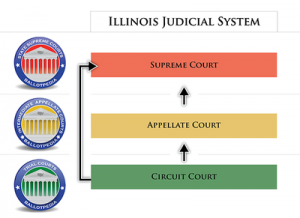In my practice, much of the emphasis on this blog is placed on complex child custody litigation, and how to manage these difficult issues with child custody litigation. Yet, in some of my cases along with child custody issues there can be significant financial issues and division of property issues. One issue that sometimes arises is the valuation of a family owned business, or the valuation of a percentage share in a corporation our group of companies.
With certain exceptions all property acquired during marriage through the time, skill and efforts of either spouse is considered marital property. The disposition of property is governed by Section 503 of the Illinois Marriage and Dissolution of Marriage Act (IMDMA). Under Illinois law, all property acquired by either spouse during a marriage is presumed to be marital property.
A business begun by one spouse after the date of marriage and before physical separation will need to be divided in a dissolution proceeding, and if you and your spouse cannot agree on its value it may need to be evaluated by an expert. Under the IMDMA the Court can appoint its own expert to advise it about financial issues in a case, but more typically each arty will retain a CPA-level expert to determine values in the business and property interests, and then be available to testify at trial (if necessary) regarding the values that the Court should determine in a marital estate.
 Illinois Divorce Lawyer Blog
Illinois Divorce Lawyer Blog



